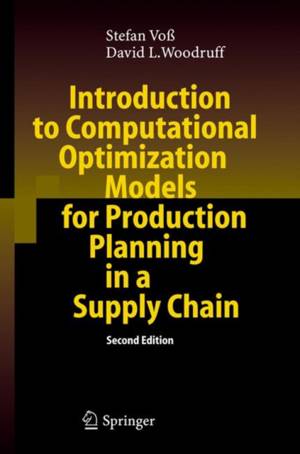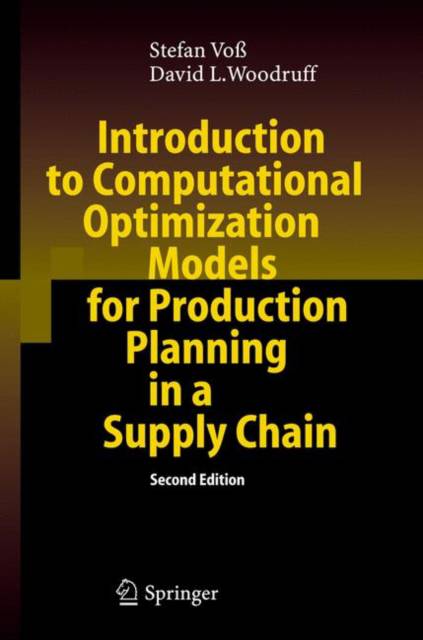
- Afhalen na 1 uur in een winkel met voorraad
- Gratis thuislevering in België vanaf € 30
- Ruim aanbod met 7 miljoen producten
- Afhalen na 1 uur in een winkel met voorraad
- Gratis thuislevering in België vanaf € 30
- Ruim aanbod met 7 miljoen producten
Zoeken
Introduction to Computational Optimization Models for Production Planning in a Supply Chain
Stefan Voß, David L Woodruff
Hardcover | Engels
€ 153,95
+ 307 punten
Uitvoering
Omschrijving
The book begins with a lucid introduction to elements that underlie optimization models for production planning. These concepts are then applied to well-known planning models, namely mrp and MRP II. From this foundation are developed fairly sophisticated models for supply chain management. Coverage includes explicit examples of implementation of the basic models using a variety of popular, commercially available modeling languages. The new edition is updated and contains new results.
Specificaties
Betrokkenen
- Auteur(s):
- Uitgeverij:
Inhoud
- Aantal bladzijden:
- 260
- Taal:
- Engels
Eigenschappen
- Productcode (EAN):
- 9783540298786
- Verschijningsdatum:
- 16/01/2006
- Uitvoering:
- Hardcover
- Formaat:
- Genaaid
- Afmetingen:
- 160 mm x 239 mm
- Gewicht:
- 498 g

Alleen bij Standaard Boekhandel
+ 307 punten op je klantenkaart van Standaard Boekhandel
Beoordelingen
We publiceren alleen reviews die voldoen aan de voorwaarden voor reviews. Bekijk onze voorwaarden voor reviews.








